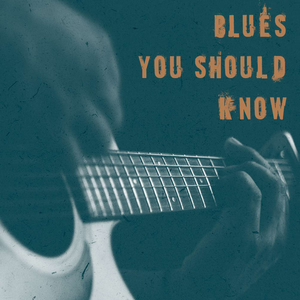
Blues You Should Know
Bob Frank
All episodes
Best episodes
Seasons
Top 10 Blues You Should Know Episodes
Goodpods has curated a list of the 10 best Blues You Should Know episodes, ranked by the number of listens and likes each episode have garnered from our listeners. If you are listening to Blues You Should Know for the first time, there's no better place to start than with one of these standout episodes. If you are a fan of the show, vote for your favorite Blues You Should Know episode by adding your comments to the episode page.
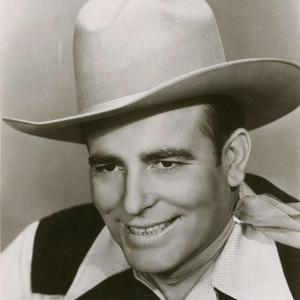
Bob Wills Blues
Blues You Should Know
06/01/21 • 34 min
According to legend, a young Bob Wills once rode 50 miles on horseback to hear Bessie Smith sing. Throughout his long career, Wills mined the blues for some of his best and most popular numbers. His band, Bob Wills & the Texas Playboys, were by no means strictly a blues band, but the blues was always present in his music. In this episode we take a look at his blues sources and how he interpreted and transformed them to suit his purposes and his audiences.
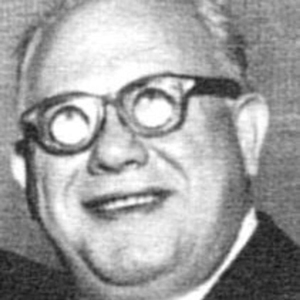
King Records Pt 2
Blues You Should Know
02/23/21 • 39 min
As the '40s fade into the '50s, Syd establishes a toe-hold, then a foot-hold in the R & B market while maintaining King's presence in the Country market. Hear Earl Bostic, Tiny Bradshaw, Lonnie Johnson, Moon Mullican, Hawkshaw Hawkins, the York Brothers, Billy Ward and more on part two of our eight part series on King Records, Ohio's own great eclectic record label.

Election Special: Georgia On My Mind Pt. 1
Blues You Should Know
12/01/20 • 47 min
In honor of the recent election, this show is dedicated to the great Peach State: Georgia. All songs will either contain the word "Georgia" in the title, or will be by an artist or group whose name includes "Georgia". Pt. 1 features Blind Blake, BBQ Bob, the Skillet Lickers, Mike Bloomfield & Maria Muldaur, Hoagy Charmichael and more!
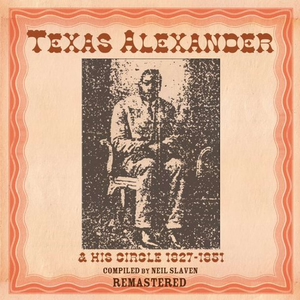
Two Texans-Texas Alexander & Eddie "Cleanhead" Vinson
Blues You Should Know
10/20/20 • 32 min
Our show today focuses on two Texans with vastly different styles. Texas Alexander was as deep and intense as a bluesman could be. An itinerant, details of his life are scant yet he recorded dozens of sides over a 25 or so year period. Eddie "Vinson was something else entirely. Called "Cleanhead" (for a process job gone horribly wrong), Eddie played alto sax and sang in that area of blues that walks the line between blues and jazz.
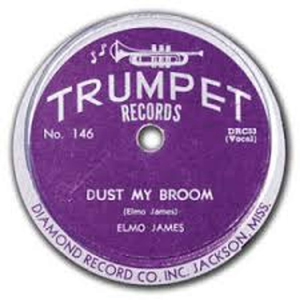
Lillian McMurray & Trumpet Records
Blues You Should Know
12/29/20 • 37 min
What would make a genteel, white Southern lady from Mississippi want to start a company to record black blues and golspel artists,...and in the early 1950s? Find out on this episode of "Blues You Should Know" with Bob Frank. Trumpet Records didn't last very long, but while it was going, it was the only record company headquartered in Mississippi, and recorded the likes of Sonny Boy Williamson, Elmore James, Jerry McCain, Big Boy Crudup and more.

True Crime Blues Pt.2
Blues You Should Know
03/03/25 • 42 min
Blues You Should Know goes True Crime! Two programs about actual crimes enshrined in the blues.Blues You Should Know goes True Crime! Two programs about actual crimes enshrined in the blues. In Pt.1 we listened to different versions of a single case: the murder of Wm. Lyons by "Stack" Lee Shelton. In Pt.2 we check out several different crimes, from the 1890's through the 1950's. All true and all sung about by Blues Singers including John Hurt, Bukka White, Chuck Willis, & Eric Bibb. Always free and available on your favorite podcast platform.
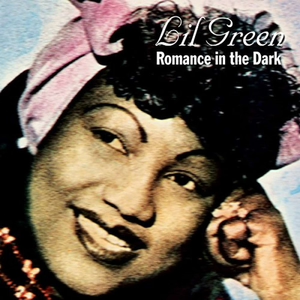
Three Ladies I Love
Blues You Should Know
08/28/20 • 41 min
Blues isn't just a male thing. Here are three wonderful, if not widely known, female blues singers that I'm just crazy about: Lil Green, Annie Laurie and Julia Lee. Give 'em a listen. I'll guarantee you fall in love with them too.
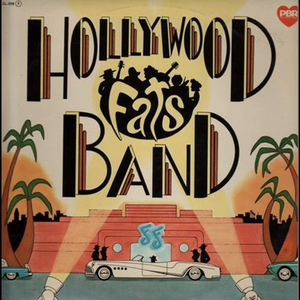
Hollywood Fats
Blues You Should Know
08/28/20 • 39 min
Name me a guitar player from a well-to-do Jewish family who revolutionized blues guitar, created a sensation, then died far too young. Mike Bloomfield? Yes, but a couple of decades later Michael Mann, aka Hollywood Fats did pretty much the same thing, and came to the same tragic end. As Bloomfield essentially founded blues-rock guitar, Fats founded the West Coast school of guitar. It's a sad story, and he was woefully under-recorded, but what he left us was absolutely thrilling.
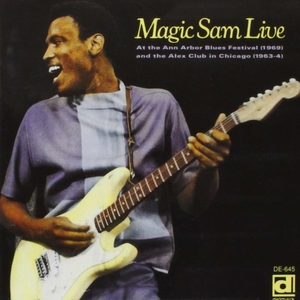
Magic Sam
Blues You Should Know
08/28/20 • 23 min
Magic Sam exploded like a meteor on the national blues scene. Everyone who knew Sam liked him; he was a powerful singer with a soaring tenor voice, an imaginative songwriter, and an innovative guitarist, but bad luck hounded him throughout his short life.

True Crime Blues, Pt.1-Stagolee
Blues You Should Know
02/03/25 • 43 min
Blues You Should Know goes True Crime! Two programs about actual crimes enshrined in the blues. Program #1 focuses on a single crime: the murder of William Lyons by "Stag" Lee Shelton, in St. Louis, MO, on Christmas 1895. How is it that a 130 year-old crime has become so embedded in our national zeitgeist? Over 502 different performers have recorded songs about “Stagolee”. Obviously, we won’t play all of them but we’ll tell the real story of what happened as opposed to some of the fanciful versions that have appeared in song over the years. Available on your favorite podcast platform and always free.
Show more best episodes

Show more best episodes
FAQ
How many episodes does Blues You Should Know have?
Blues You Should Know currently has 41 episodes available.
What topics does Blues You Should Know cover?
The podcast is about Music, Podcasts, Blues and Arts.
What is the most popular episode on Blues You Should Know?
The episode title 'Eight String Blues, Pt. 2' is the most popular.
What is the average episode length on Blues You Should Know?
The average episode length on Blues You Should Know is 40 minutes.
How often are episodes of Blues You Should Know released?
Episodes of Blues You Should Know are typically released every 14 days, 1 hour.
When was the first episode of Blues You Should Know?
The first episode of Blues You Should Know was released on Aug 28, 2020.
Show more FAQ

Show more FAQ